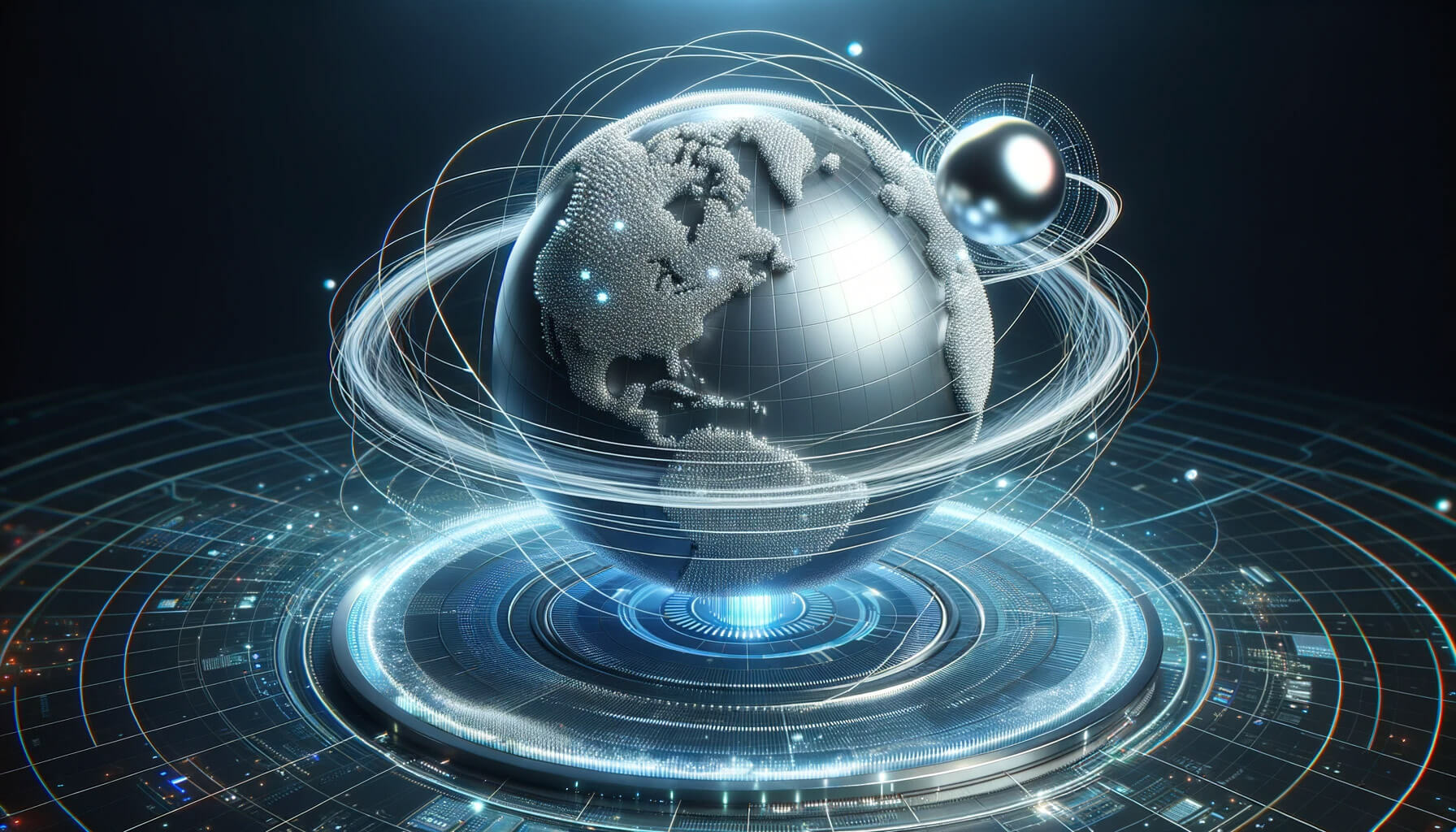Intense Solar Storms Create Stunning Auroras Across the United States and Europe
Following a night of breathtaking auroras visible in various regions of the United States and Europe on Friday, experts predict that a severe geomagnetic storm will persist until at least Sunday.
The Space Weather Prediction Center at the National Oceanic and Atmospheric Prediction Center in the United States noted ongoing ‘Extreme’ G5 conditions on Saturday morning due to heightened Solar activity.
Forecasters anticipate the continued threat of strong flares and coronal mass ejections until a large and magnetically intricate sunspot cluster moves out of view in the next few days.
Effects of Solar Activity
While many observers welcomed the heightened Solar activity on Friday night, some regions experienced negative consequences. Unusual auroras illuminated large parts of the United States and Europe, with vivid pink skies appearing as far south as Texas.
Nevertheless, due to the forecast of sustained Solar activity, another night of extended northern lights may occur on Saturday.
On the downside, some adverse effects were reported. The power grid experienced irregularities, satellite communications and GPS services were compromised, and users of SpaceX’s Starlink satellite internet service noticed slower download speeds.
SpaceX founder Elon Musk reassured the public that the Starlink satellites were managing the pressure adequately as of Saturday morning.
Intensity of the Solar Storm
This current Solar storm is the most severe recorded in over twenty years. The last G5 event, the most extreme classification of such storms, took place in October 2003 and led to electricity issues in Sweden and South Africa.
If the storm escalates in the coming days, the risks include widespread power blackouts, satellite malfunctions, and long-term damage to GPS networks.
Causes of Geomagnetic Storms
Geomagnetic storms are triggered when the Sun emits a significant amount of its magnetic field and plasma into the Solar wind. The underlying mechanisms of coronal mass ejections are not entirely understood, but data collected by NASA’s Parker Solar Probe is expected to enhance scientific comprehension and predictive capabilities.
When these ejections reach Earth’s magnetic field, they alter its natural state and induce substantial currents in power lines and transformers, potentially leading to damage or outages.
The most intense geomagnetic storm in history took place in 1859 during the Carrington Event, resulting in global auroral displays and fires in numerous telegraph stations worldwide.
According to a research paper on the Carrington Event, witnesses described the aurora as a vivid blood-red hue that emitted enough light to allow for reading by it.
Overall, the recent Solar storm has created awe-inspiring auroras while also posing challenges to power grids, communication systems, and satellite networks. Continued monitoring and careful assessment are crucial to mitigate potential risks associated with such solar phenomena.
Image/Photo credit: source url





